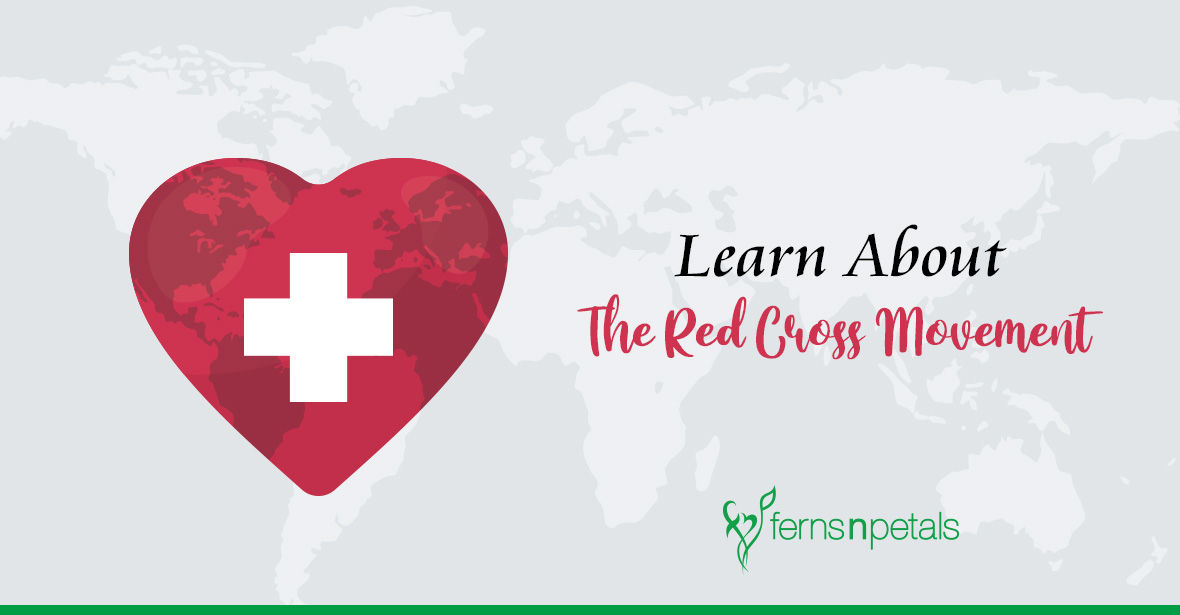shopping_cart0Cart
account_circleHi Guest
World Red Cross Day 2021 will be celebrated on 8th May this year. The date marks the birth of Henry Dunant, founder of the International Committee of the Red Cross. He was also the first-ever recipient of the Nobel Peace Prize. It’s an annual celebration of the principles and ethics of the International Red Cross and Red Crescent Movement.

The International Red Cross and Red Crescent Movement is the largest humanitarian network of people on the planet. It aims to help people ease their suffering and protect health and life during conflicts and emergencies like floods, earthquakes, wars, etc. The Movement comprises more than 200 different organisations worldwide, including the International Federation of Red Cross and Red Crescent Societies, the International Committee of the Red Cross (ICRC) and the individual National Societies. All these institutions are tied together by the seven fundamental principles of the movement.
Today, more than 95 million people volunteer with the movement globally in 170 countries. They are all honoured on Red Cross Day for their exceptional work for the benefit of humanity. Statistics suggest that more than 240 million people have benefitted from Red Cross’ assistance programs worldwide.
All volunteers and organisations falling under this umbrella movement have to abide by these seven fundamental principles: humanity, impartiality, neutrality, independence, voluntary service, unity and universality.
Henry Durant brought up the idea for the organisation in 1859 when he saw a fierce battle between Imperial Austria and the Franco-Sardinian alliance in Solferino, Italy. On the battlefield were 40000 men either dead or badly wounded, and there was nobody around to provide medical attention to the people who could have been saved.
He then urged the local people to come forward and help patch up the wounded soldiers, feed them and comfort them. When he returned to Switzerland, he decided to follow up on creating a national relief society that would help people wounded in wars. The committee was formally founded in 1863, and its symbol was a red cross on a white background: the inverse of the Swiss flag.